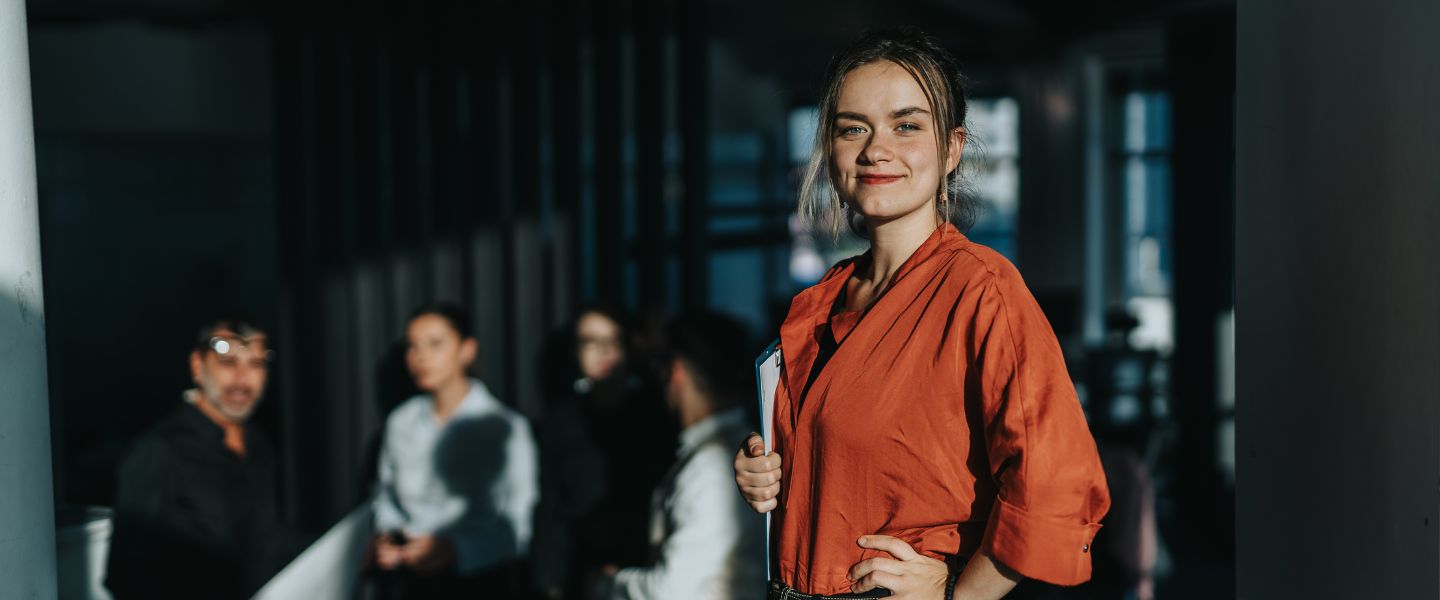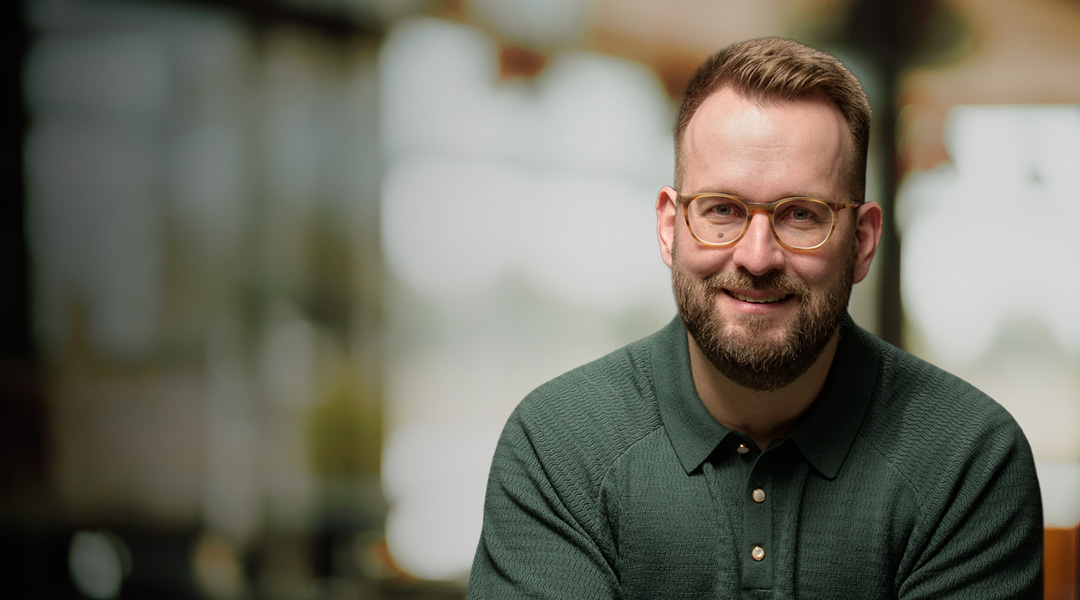Ondademar: Catching the next wave...
In the Summer of 2006, Luc Gerard and his Tribeca team had spent months talking to Álvaro Arango, the co-managing partner of Colombia-based swimwear company OndadeMar. Tribeca had targeted the brand as a possible company to acquire. Arango proved eager to talk from the start. Since its inception, OndadeMar had gained significant recognition due to a combination of luck and the consistently high-quality designs it delivered. The company had potential to grow much further and faster. However, fuelling this growth required investments that went way beyond the two founders’ own means. They were ready to sell. Negotiations went on for most of the summer with a number of potential buyers and investors, until Tribeca was granted an exclusive. Throughout the period, Alvaro handled the talks on behalf of the company. Pily Queipo, the other managing partner and the company’s chief designer, never intervened. That became all too obvious on the day of closing with Tribeca Partners: She simply did not show up and refused to sign the purchase agreement. Unaware of the internal conflicts, Luc Gerard scheduled a meeting with Pily Queipo in her design studio in Miami. The meeting proved memorable. She was very much the jet-setting diva-cum-artist Arango had described. But she was also clearly the heart and talent of the company. For hours she spoke passionately about her brand, her designs, her dreams and her passions. She was the brand. She could not care less about the business issues; she wanted to remain with OndadeMar. Sitting on the plane back to Bogotá, his mind still buzzing with all the new information, Luc started putting all the deal pieces together again. He had targeted OndadeMar as the first building block of Tribeca Fashion, one of three pillars of the new private equity fund he had just raised in Colombia. Was this the right wave to ride first?
Building and managing a brand globally in the fashion industry; High-end fashion retailing; Globalization of brands; Growth financing in a global context; Emerging countries globalization.
OndadeMar, Consumer Goods, Sportswear
2006-2009
Cranfield University
Wharley End Beds MK43 0JR, UK
Tel +44 (0)1234 750903
Email [email protected]
Harvard Business School Publishing
60 Harvard Way, Boston MA 02163, USA
Tel (800) 545-7685 Tel (617)-783-7600
Fax (617) 783-7666
Email [email protected]
NUCB Business School
1-3-1 Nishiki Naka
Nagoya Aichi, Japan 460-0003
Tel +81 52 20 38 111
Email [email protected]
IMD retains all proprietary interests in its case studies and notes. Without prior written permission, IMD cases and notes may not be reproduced, used, translated, included in books or other publications, distributed in any form or by any means, stored in a database or in other retrieval systems. For additional copyright information related to case studies, please contact Case Services.
Research Information & Knowledge Hub for additional information on IMD publications
- EMI: For the track record
- Etiqueta Negra: Growth, brand building and private equity in Latin America
- Ondademar: Catching the next wave...
- Ondademar: Catching the next wave… (Abridged)
- Tribecapital Partners (Colombia): Private equity in Latin America
- Tribecapital Partners (Colombia): Private equity in Latin America (Abridged)
- EMI: For the track record
- Etiqueta Negra: Growth, brand building and private equity in Latin America
- Ondademar: Catching the next wave...
- Ondademar: Catching the next wave… (Abridged)
- Tribecapital Partners (Colombia): Private equity in Latin America
- Tribecapital Partners (Colombia): Private equity in Latin America (Abridged)
Academic institutions face unprecedented complexity from technological change, evolving funding models, diverse stakeholder demands and pressure to demonstrate societal impact. Traditional strategic planning – periodic exercises that typically yie...
Research Information & Knowledge Hub for additional information on IMD publications
Research Information & Knowledge Hub for additional information on IMD publications
in I by IMD
Research Information & Knowledge Hub for additional information on IMD publications
in I by IMD
Research Information & Knowledge Hub for additional information on IMD publications
Research Information & Knowledge Hub for additional information on IMD publications
Research Information & Knowledge Hub for additional information on IMD publications
Research Information & Knowledge Hub for additional information on IMD publications
in I by IMD
Research Information & Knowledge Hub for additional information on IMD publications
Research Information & Knowledge Hub for additional information on IMD publications
in I by IMD
Research Information & Knowledge Hub for additional information on IMD publications










